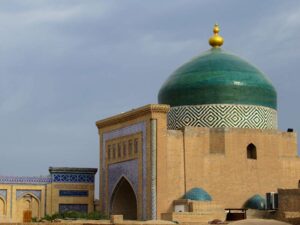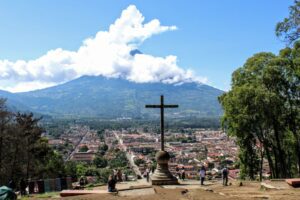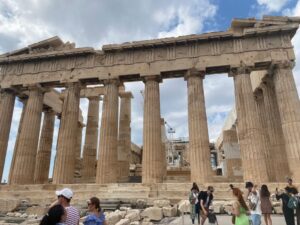Taputapuātea
An ancient site of great historical and cultural significance to indigenous Polynesians.

An ancient site of great historical and cultural significance to indigenous Polynesians.

The largest and earliest pre-Columbian city in North America.

A well-preserved colonial city that reflects both Spanish and Portuguese influences.

An intact Renaissance city full of Spanish-colonial baroque architecture.

Centuries-old architectural ensembles in Flanders that once housed religious communities of women.

Ruins of ancient cliff dwellings used over a thousand years ago by Ancestral Pueblo people.

An ensemble of warehouses and office buildings resulting from Hamburg’s port trade in the 19th and early 20th centuries.

A medieval walled city of unique gated communities and many architectural monuments in a mix of styles.

A medieval fortress town in a dramatic location, perched on cliffs.

A massive mud-brick fortress, the capital of the Banu Nebhan and the centre of Ibadism in the Middle Ages.

Mountain villages with unique traditional farmhouses where silkworms were cultivated.

An important religious site for ancient Greeks, who considered it the center of the world.

A Confucian shrine housing the spirit tablets of Korean royal ancestors.

Burial mounds and statuary from a complex pre-Columbian culture.

An agricultural area that commemorates the history of the Acadians and their expulsion from Canada.

Remains of an 8th-century Umayyad town that offers insight into Umayyad town planning and architecture.

The largest and most powerful steam-driven pumping station ever built.

Towns in seven countries where an early tourism industry thrived around natural hot springs.

An early example of a city that developed due to tourism.

Two mysterious prehistoric stone circles: one, the most sophisticated in the world; the other, the largest.

An important 19th-century port city that preserves its urban industrial architecture to this day.

An unfinished mausoleum and mosque that allows an understanding of Timurid construction methods.

An excellent illustration of the traditions of Islamic architecture in Central Asia.

A massive and intricately-carved 9th-century Buddhist temple.

A unique example of urban planning from the Middle Ages that has developed over time while still respecting the original plan.

A colonial-period silver-mining center, with subterranean streets and Baroque architecture.

A summer retreat for China’s emperors, with extensive classical gardens, an artificial lake, and a collection of palace buildings.

A religious complex used by Ming and Qing dynasty emperors that is significant both symbolically and architecturally.

A charming traditional Chinese town that combines Naxi, Han, Bai and Tibetan influences.

Ruins of an ancient place of healing, with a huge and still intact Greek theater.

Former home to the powerful Habsburg emperors: an opulent Baroque castle and its gardens.

Nine traditional Chinese gardens that artfully mirror the natural world in very limited spaces.

An exquisite example of Portuguese Baroque architecture expressing a spiritual journey.

A picturesque little village surrounded by a breathtaking mountainous landscape.

A lovely city that illustrates Spanish colonial-era architecture, city planning, and culture.

The most famous remnant of ancient Greece, standing high above the city of Athens.